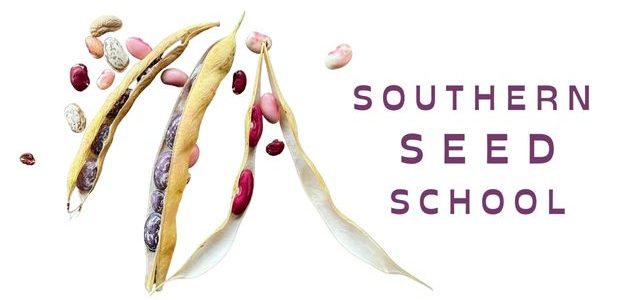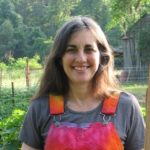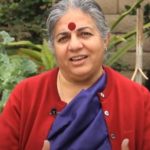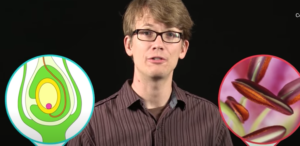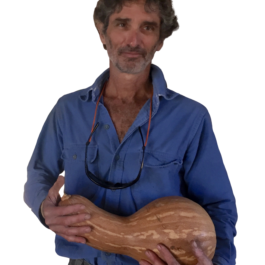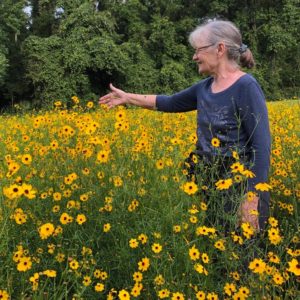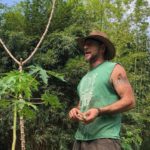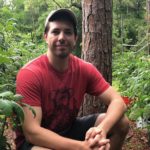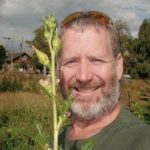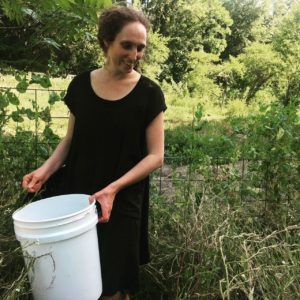I don’t know how you landed here, but I am glad you did! I’d like to welcome you to the magical, beautiful, rewarding and oh-so important world of seeds. Seeds are the most fundamental part of our daily lives- the basis for most of the food we eat every day, and yet rarely consider. As often as we might be asking more questions about where food comes from , who grew it and how- I find very few people asking , “yeah but where did that seed come from?” Few gardeners and farmers save, improve and share their seeds; and that needs to stop right here, right now!
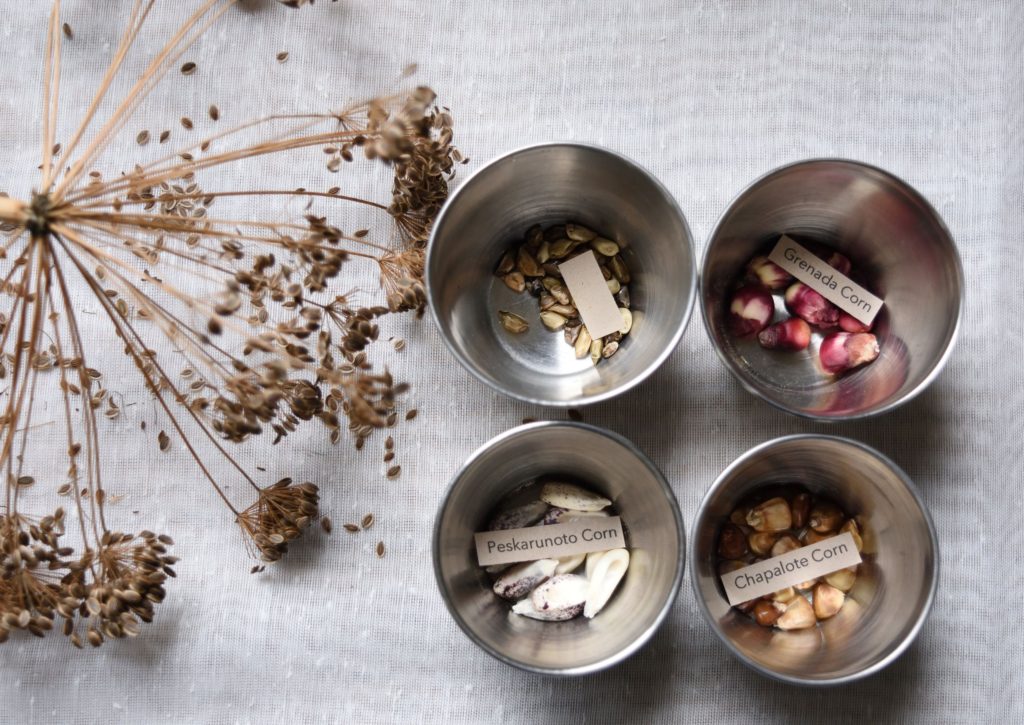
The diversity of corn across the globe is phenomenal. But we are used to very few varieties that are primarily used for sweetener, ethanol and animal feed.
Over the last hundred years or so, many of the incredibly diverse varieties growing on farms and gardens across the globe have vanished from our fields. They were replaced by commercial varieties more broadly adapted for a global food system, rather than a regionally or culturally relevant one. Some of these may be extinct. Some are languishing in family freezers or forgotten collections, accumulating dust and slowly deteriorating in Grandma’s shoe box in the attic. Some are preserved in seed banks or in very small amounts in lesser known seed collections. But seeds are not meant to be stored on ice or in shoeboxes for long periods of time. They must be grown out periodically to replenish, multiply, and adapt to the changing world. Preferably by farmers and gardeners who know their land and climate better than any industry professional far removed from the nuances of a particular place.
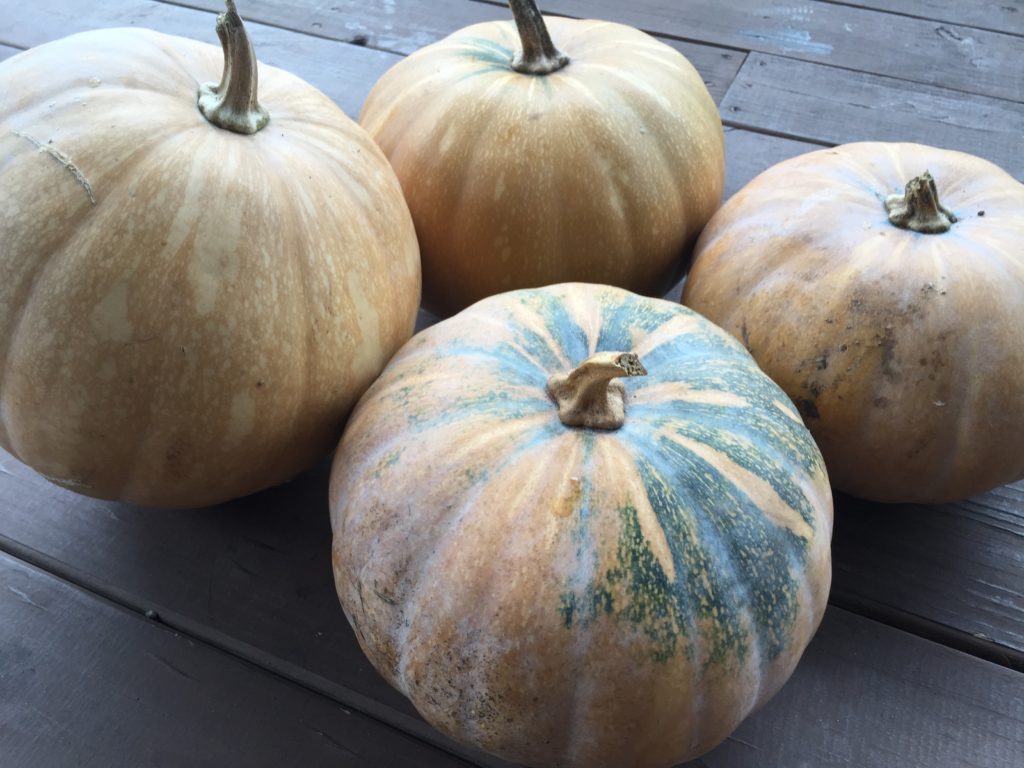
Seminole Pumpkin is a very old regional landrace variety grown by indigenous communities in the Southeast.
When farmers and gardeners stop saving their own seeds, we rely on seed companies to provide for us rather than being self-sufficient. More often than not the varieties offered have been selected for commercial benefit of large industrial agriculture, over regional ecologically resilient ones. Or conversely, a great heirloom seed company providing incredible varieties- that just don’t work in our climate. Exacerbating the problem has been the consolidation of the seed industry, explosion of private over public plant breeding, patenting, GMOs, and continued loss of farmer and gardener plant breeders and seed savers. It’s important that we preserve biodiversity and keep seeds growing and adapting in all the regional nooks and crannies around the world, because therein lies potential genetic magic for future adaptations to address climate and food security issues. We have to keep them alive.
But don’t fret, my friends! There is a lot of good news! More growers are becoming interested in seed saving, plant breeding, landrace gardening, and knowledge sharing. In the late 70’s and early 80’s when Seed Savers Exchange rang the alarm bells and united home seed savers, a new generation of small seed companies and home garden seed savers began to grow once again. This allowed for biodiversity to once again flourish and for seeds to become part of the commons again. There are so many great family-run seed companies to support, online and in person seed exchanges, direct farmer to consumer seed sales, seed libraries, and plenty of opportunity to learn about seed stewardship.
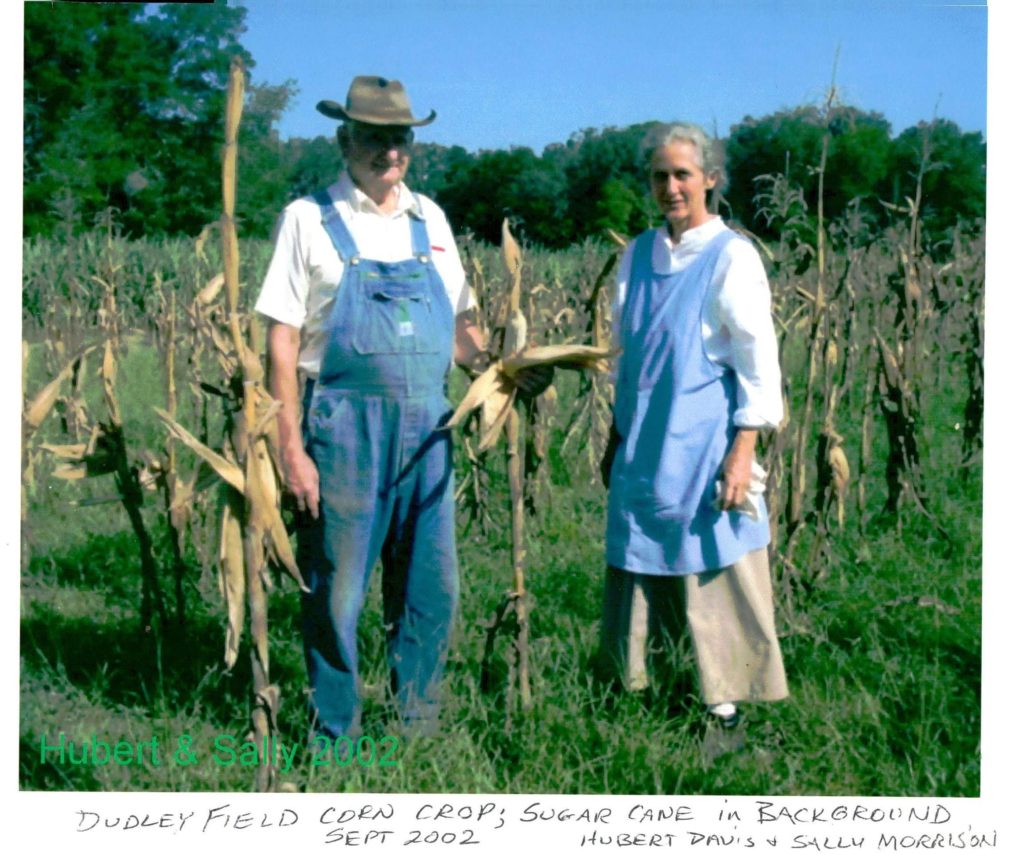
Hubert and Sally are stewards of the local Dudley Family Heirloom Corn passed down from generations of family seed-keepers, right here in north Florida!
If you are new to seed saving and a little bit daunted, don’t be! Take comfort in this- seed saving is an ancient practice that has been done for many thousands of years without degrees in plant science, or any fancy technology or supplies. Once you start learning to save seed, it quickly becomes rewarding and addictive! As your practice deepens you become more in-tune with your plants and how they change over time- from seed to seed in a season, and over generations as the climate and your techniques change. You then have the capability to start shaping crops that reflect your land and your palate. Now that’s exciting!
Welcome to the club, we’re glad to have you here! Please take some time to peruse through the materials we’ve compiled. If you would like to join us on a LIVE Southern Seed School social on May 2nd, please register with the link to the right, and we will send you more information and a Zoom link!

